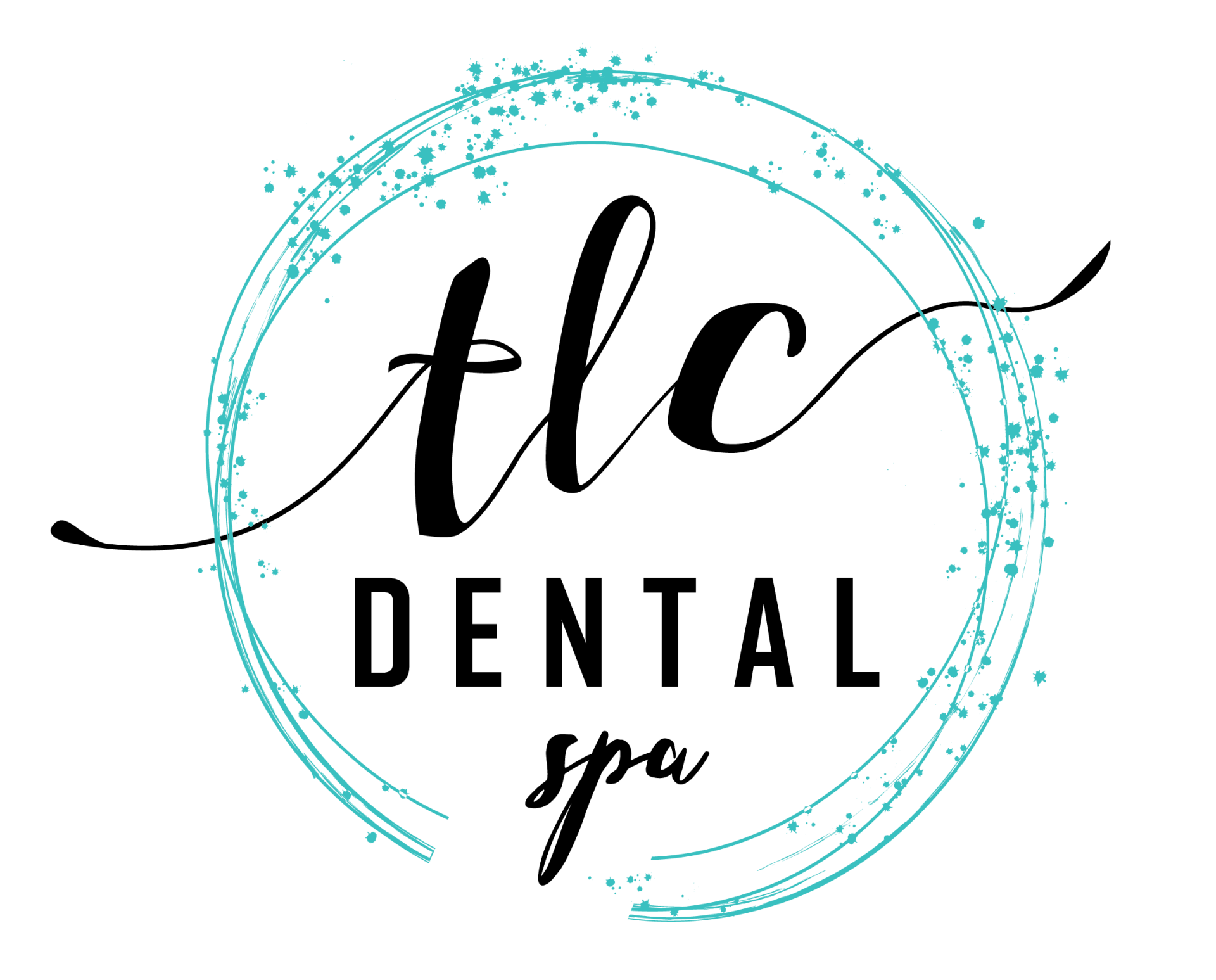JAW PAIN AND TEETH GRINDING
Good Jaw Function Is Part of Whole-Body Health
Temporomandibular Disorder (TMD)- how the jaw joints impact your health
Millions of Americans suffer from Temporomandibular Disorder, or TMD.
Your temporomandibular joints (TMJ) connect your lower jawbone to your skull. These joints get a lot of use throughout the day as you speak, chew, swallow, and yawn. If your teeth touch too much during chewing, muscles in your jaw may be overstimulated, and this can lead to fatigue and headaches; not to mention damaged teeth.
TMD can result in :
- Uneven wear on the teeth
- Broken or worn teeth
- Cracked teeth
- Headaches and migraines
- Ringing in the ears
- Boxy looking, overdeveloped jaw muscles
- Interrupted sleep
- Painful face, neck, shoulders, and back
- Jaw joint deterioration
- Moving teeth
- Gum recession
- Clicking or popping sound when the jaw moves
- Muscle spasms in the jaw area
- A change in the alignment of top and bottom teeth
- Locked jaw or limited opening of the mouth
TMJ Therapy -Our holistic approach to TMJ care
In almost all cases conservative, non-surgical treatment can be provided allowing the teeth, the muscles, and the joints to all work together in harmony.
Facial exercises- Once we release tension in our mouth, our headaches often disappear. We work with facial exercises and often with a specialized bite plate. Your facial muscles will have less tension and by doing daily muscle releasing for yourself, you will have more energy and you will be less stressed.
We love hearing from our patient who experienced a life-changing journey by following our advice to regularly place their tongue on the top of their mouth. In many cases this simple practice reduces jaw pain, teeth clenching, and even eradicate daily headaches. Discover the power of holistic dental care – where small adjustments lead to significant, fantastic results.
Orthotic appliance – Sometimes called a nightguard, an orthotic appliance is actually much more than a barrier between the upper and lower teeth. The surface of the appliance, sometimes called a splint, will promote the correct positioning of the jaw when the teeth come together. TMJ oral appliance therapy is particularly useful for patients who have a nighttime teeth grinding or clenching habit.
Simple steps you can take at home- to prevent TMD from becoming more severe, or to prevent it from occurring:
- Relax your face — remember the rule: “Lips together, teeth apart”
- Avoid grinding your teeth
- Avoid constant gum chewing
- Don’t cradle the phone receiver between your head and shoulder — either use a headset or hold the receiver in your hand
- Chew food evenly on both sides of your mouth
- Do not sit with your chin resting on your hand
- Practice good posture: keep your head up, back straight, and shoulders squared



